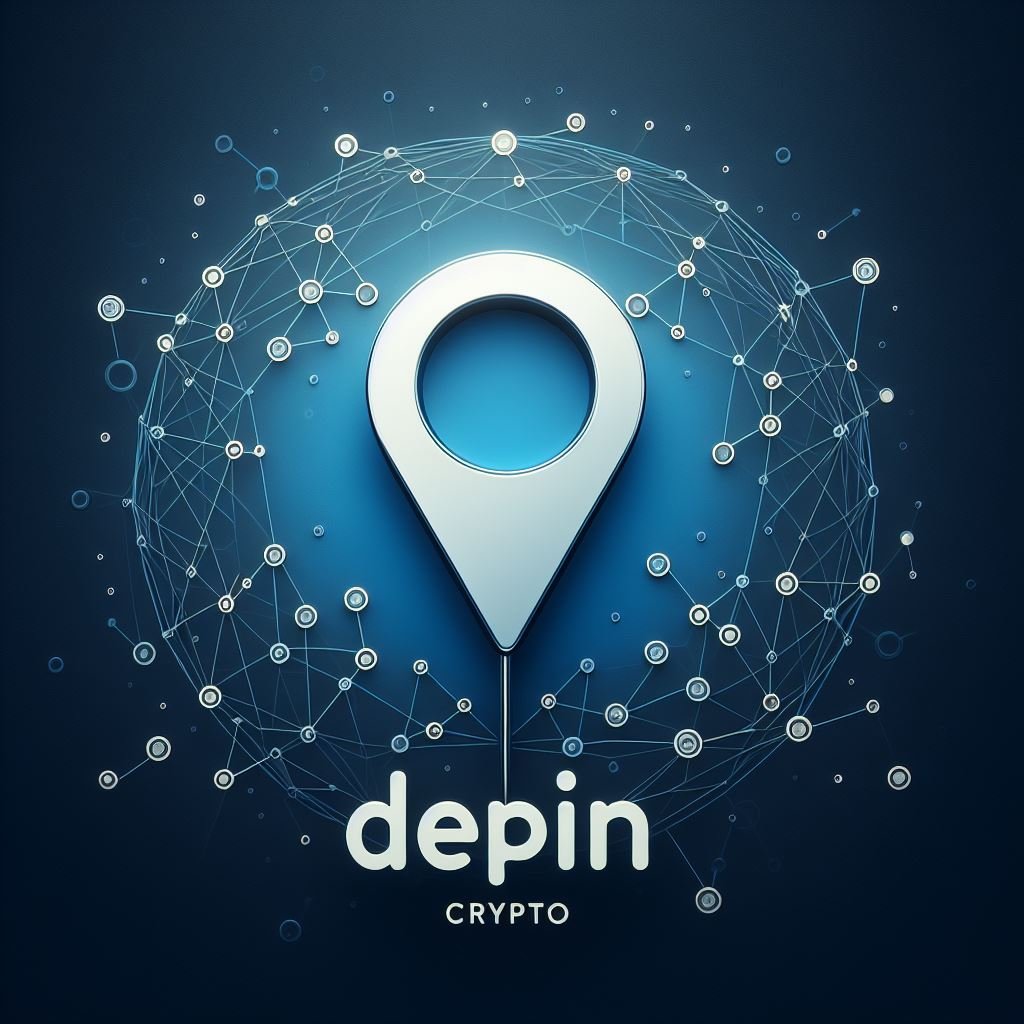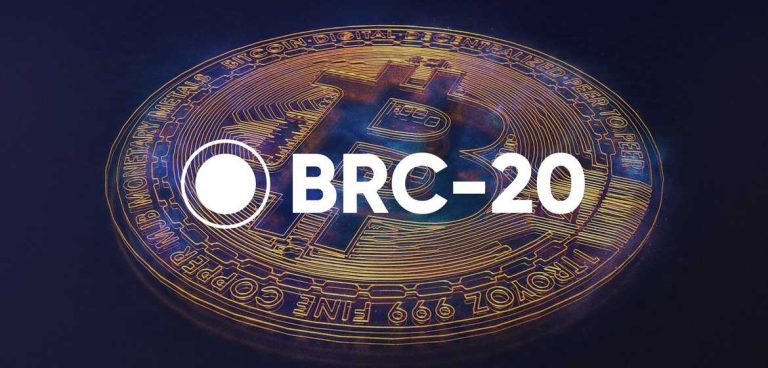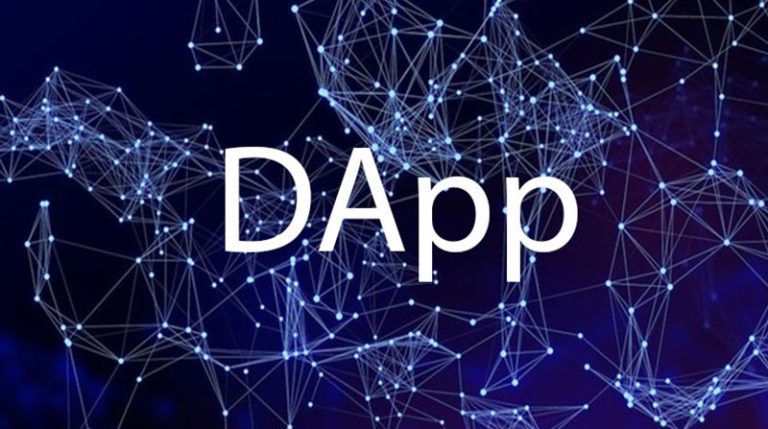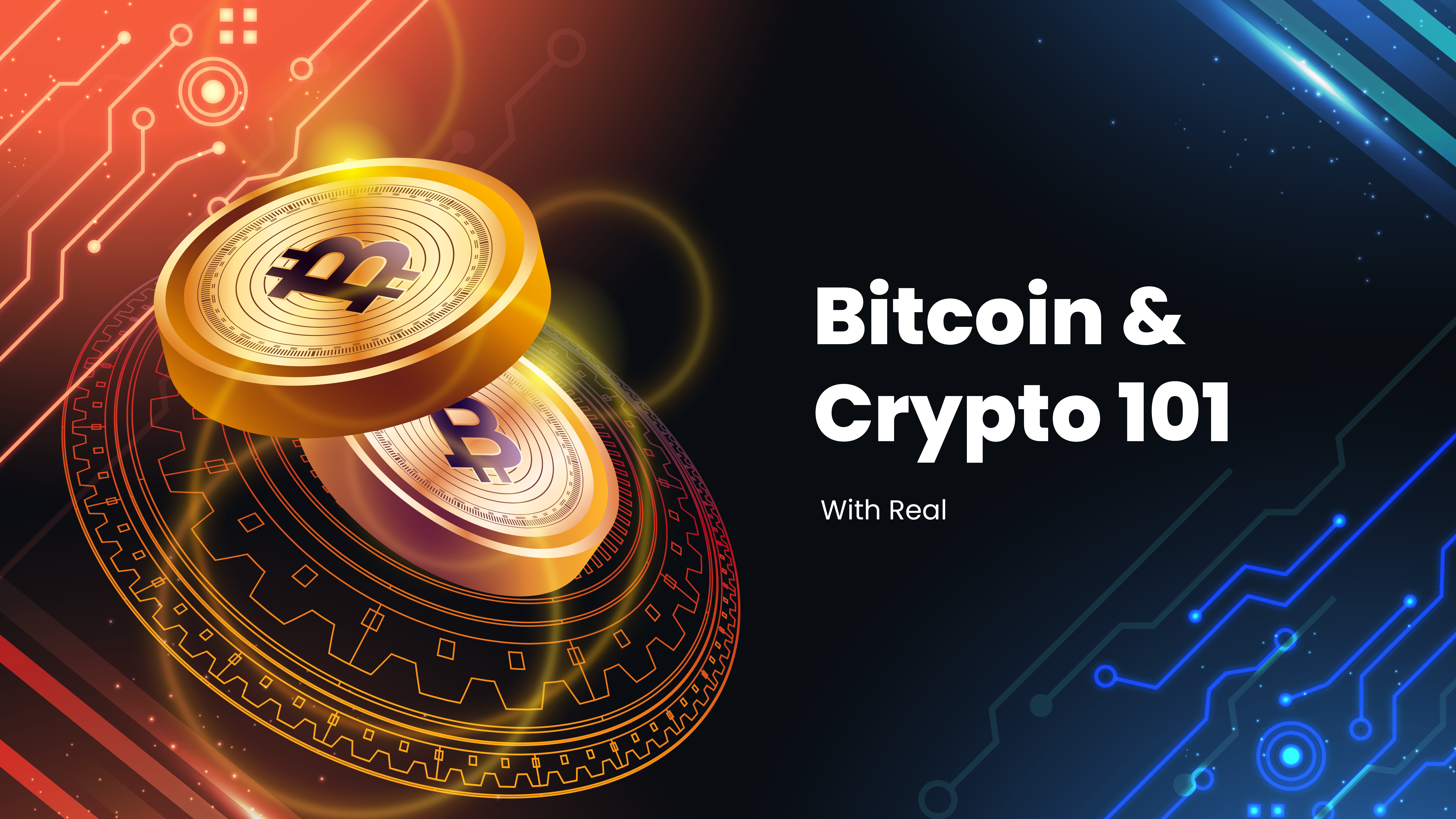Introduction
DePIN is a term that encompasses various blockchain projects that aim to create physical infrastructures and hardware networks in a decentralized, trustless, and programmable way.
DePIN projects leverage the power of crypto tokens to incentivize users to contribute to the development and maintenance of physical infrastructure. Examples of this are servers, wireless networks, sensors, and energy grids. DePIN projects hope to create more accessible, resilient, and efficient infrastructure services that can benefit both the crypto ecosystem and the wider society.
This article explores what is DePIN. What are some of the popular projects in this space? What are the advantages and disadvantages of DePIN. Lastly, what are some of the use cases and potential applications of DePIN.
What is DePIN?
DePIN is a crypto niche that combines blockchain technology with physical infrastructure and hardware. DePIN projects use smart contracts and crypto tokens to create and operate physical infrastructure networks in a decentralized manner, without relying on centralized intermediaries or authorities.
DePIN projects typically have the following characteristics:
- They use crypto tokens to reward users for providing physical infrastructure resources, such as storage, bandwidth, computation, connectivity, or energy.
- They use smart contracts to govern the rules and parameters of the network, such as the allocation of resources, the distribution of rewards, the verification of transactions, and the resolution of disputes.
- They use peer-to-peer protocols to enable direct and secure communication and coordination among the network participants, without relying on third-party intermediaries or platforms.
- They use blockchain technology to ensure the transparency, immutability, and auditability of the network activity and data, as well as the security and reliability of the network consensus.
DePIN Sectors
DePIN projects can be categorized into different sectors, depending on the type of physical infrastructure and hardware they provide or utilize. Some of the most popular sectors and projects in DePIN are:
Server Networks: These are projects that provide decentralized storage, computation, or rendering services, using distributed networks of servers, computers, or GPUs. Some examples are:
– Filecoin: A decentralized storage network that allows users to rent out or purchase storage space from other users, using the native FIL token as the payment and incentive mechanism.
– Render: A decentralized rendering network that allows users to access or provide GPU-based rendering services, using the native RNDR token as the payment and incentive mechanism.
– Sia: A decentralized storage network that allows users to store or retrieve data from other users, using the native SC token as the payment and incentive mechanism.
– Storj: A decentralized storage network that allows users to store or access encrypted data from other users, using the native STORJ token as the payment and incentive mechanism.
– Arweave: A decentralized storage network that allows users to store or access permanent and immutable data, using the native AR token as the payment and incentive mechanism.
Wireless Networks: These are projects that provide decentralized connectivity, communication, or location services, using distributed networks of wireless devices, such as routers, hotspots, or smartphones. Some examples are:
– Helium: A decentralized wireless network that allows users to create or access low-power, long-range, and secure connectivity, using the native HNT token as the payment and incentive mechanism.
– Pollen: A decentralized wireless network that allows users to create or access high-speed, low-latency, and secure connectivity, using the native PLN token as the payment and incentive mechanism.
Sensor Networks: These are projects that provide decentralized data collection, analysis, or sharing services, using distributed networks of sensors, cameras, or drones. Some examples are:
– Hivemapper: A decentralized mapping network that allows users to create or access 3D maps of the world, using the native HONEY token as the payment and incentive mechanism.
– DIMO: A decentralized sensor network that allows users to create or access real-time data from various sensors, using the native DIMO token as the payment and incentive mechanism.
Energy Networks: These are projects that provide decentralized energy generation, distribution, or consumption services, using distributed networks of energy devices, such as solar panels, batteries, or smart meters. Some examples are:
– React: A decentralized energy network that allows users to create or access renewable energy sources, using the native REACT token as the payment and incentive mechanism.
– Arkreen: A decentralized energy network that allows users to create or access green energy solutions, using the native ARK token as the payment and incentive mechanism.
Advantages
- DePIN projects can provide more accessible, affordable, and efficient infrastructure services, by eliminating the need for intermediaries, reducing the operational costs, and increasing the utilization rates of the physical resources.
- DePIN projects can provide more resilient and reliable infrastructure services, by leveraging the redundancy, diversity, and self-healing properties of the decentralized networks, and by mitigating the risks of single points of failure, censorship, or downtime.
- DePIN projects can provide more transparent and accountable infrastructure services, by using blockchain technology to ensure the verifiability, immutability, and auditability of the network activity and data, and by using smart contracts to enforce the rules and parameters of the network.
- DePIN projects can provide more innovative and collaborative infrastructure services, by enabling the creation and operation of new and novel physical infrastructure and hardware networks, and by fostering the participation and contribution of the network users and stakeholders.
Disadvantages
- DePIN projects can face technical and operational challenges, such as scalability, interoperability, security, privacy, or performance issues, due to the complexity and novelty of the decentralized networks and protocols, and the limitations and trade-offs of the blockchain technology.
- DePIN projects can face regulatory and legal challenges, such as compliance, taxation, or liability issues, due to the lack of clear and consistent rules and frameworks for the decentralized networks and protocols, and the uncertainty and variability of the jurisdictional and institutional contexts.
- DePIN projects can face economic and social challenges, such as volatility, speculation, or inequality issues, due to the dynamics and incentives of the crypto token markets, and the potential impacts and implications of the decentralized networks and protocols on the existing and emerging infrastructure industries and sectors.
Use Cases
- Data Storage and Retrieval: DePIN projects can provide users with decentralized alternatives to centralized cloud storage services, such as Google Drive, Dropbox, or Amazon S3. Users can store or access their data in a more secure, private, and cost-effective way, using the distributed networks of servers or computers. Users can also benefit from the permanent and immutable nature of the data stored on the blockchain, which can prevent data loss, corruption, or tampering.
- Connectivity and Communication: DePIN projects can provide users with decentralized alternatives to centralized internet service providers (ISPs), such as Comcast, Verizon, or AT&T. Users can create or access wireless connectivity in a more accessible, affordable, and resilient way, using the distributed networks of routers, hotspots, or smartphones. Users can also benefit from the peer-to-peer and encrypted nature of the communication on the blockchain, which can prevent censorship, surveillance, or interference.
- Data Collection and Analysis: DePIN projects can provide users with decentralized alternatives to centralized data platforms, such as Google, Facebook, or Twitter. Users can create or access data from various sensors, cameras, or drones, in a more transparent, accountable, and collaborative way, using the distributed networks of devices. Users can also benefit from the real-time and verifiable nature of the data collected and analyzed on the blockchain, which can enable more accurate and reliable decision-making and action-taking.
- Energy Generation and Distribution: DePIN projects can provide users with decentralized alternatives to centralized energy utilities, such as PG&E, EDF, or Enel. Users can create or access renewable or green energy sources, in a more efficient, sustainable, and democratic way, using the distributed networks of energy devices, such as solar panels, batteries, or smart meters. Users can also benefit from the programmable and flexible nature of the energy generation and distribution on the blockchain, which can enable more optimal and adaptive energy management and consumption.
Conclusion
DePIN is a crypto niche that combines blockchain technology with physical infrastructure and hardware. DePIN projects use crypto tokens, smart contracts, peer-to-peer protocols, and blockchain technology to create and operate physical infrastructure networks in a decentralized, trustless, and programmable way. DePIN projects offer various advantages and disadvantages, depending on the perspective and the context of the user. DePIN projects also face various risks and threats, both internal and external, that can affect their viability and sustainability. DePIN projects have various use cases and potential applications, both within and beyond the crypto ecosystem.




